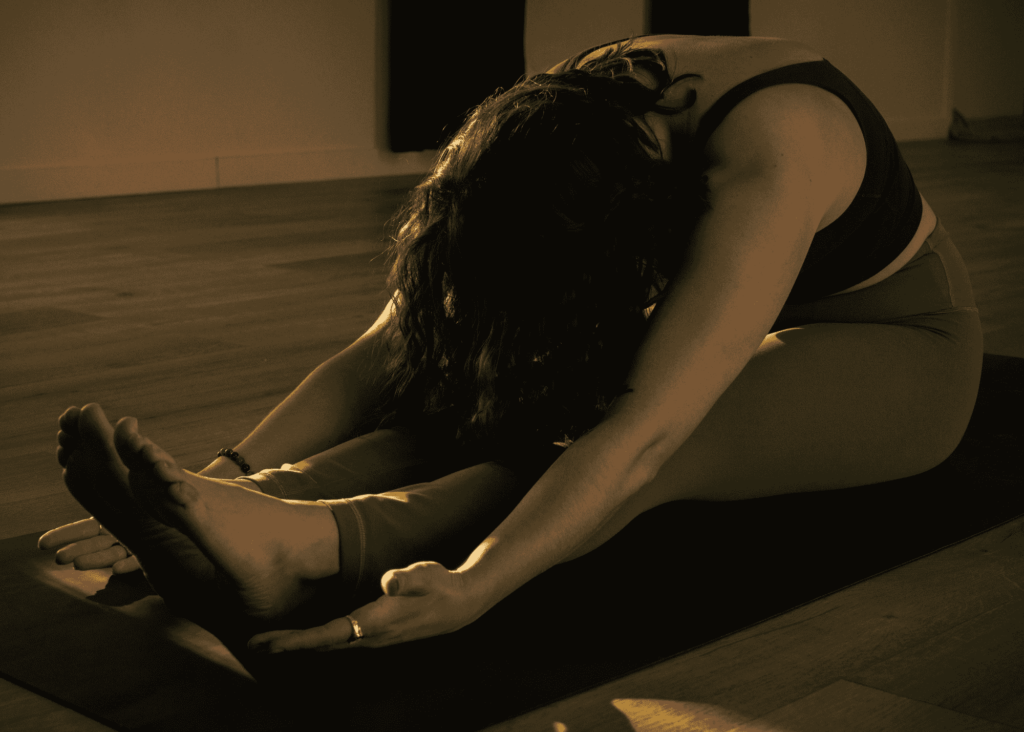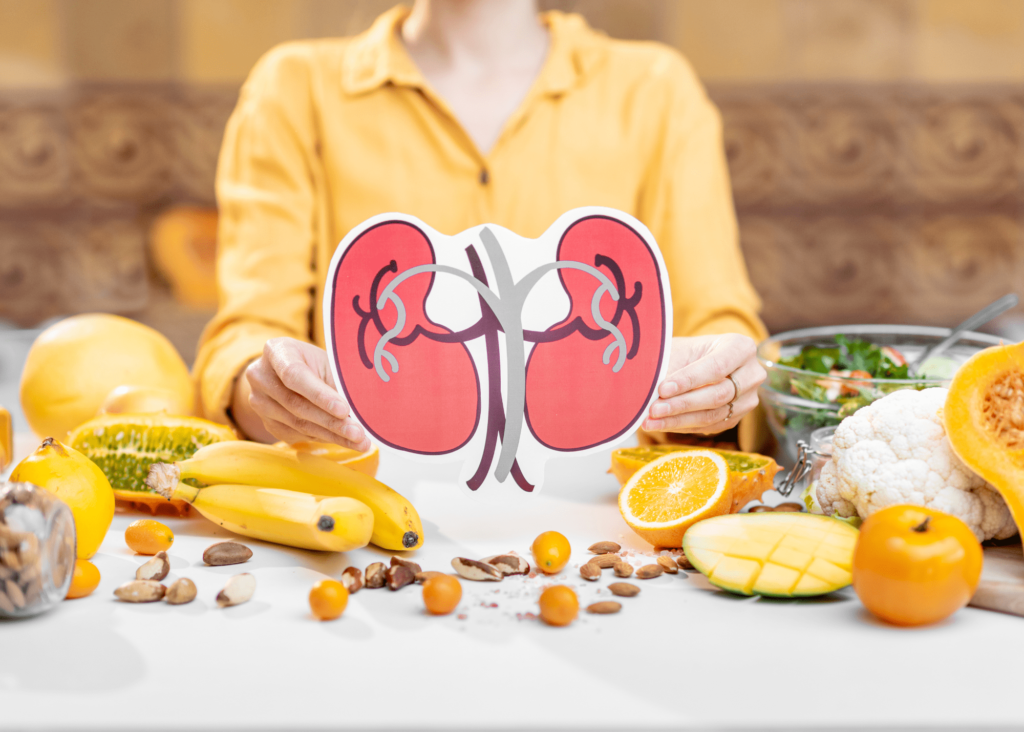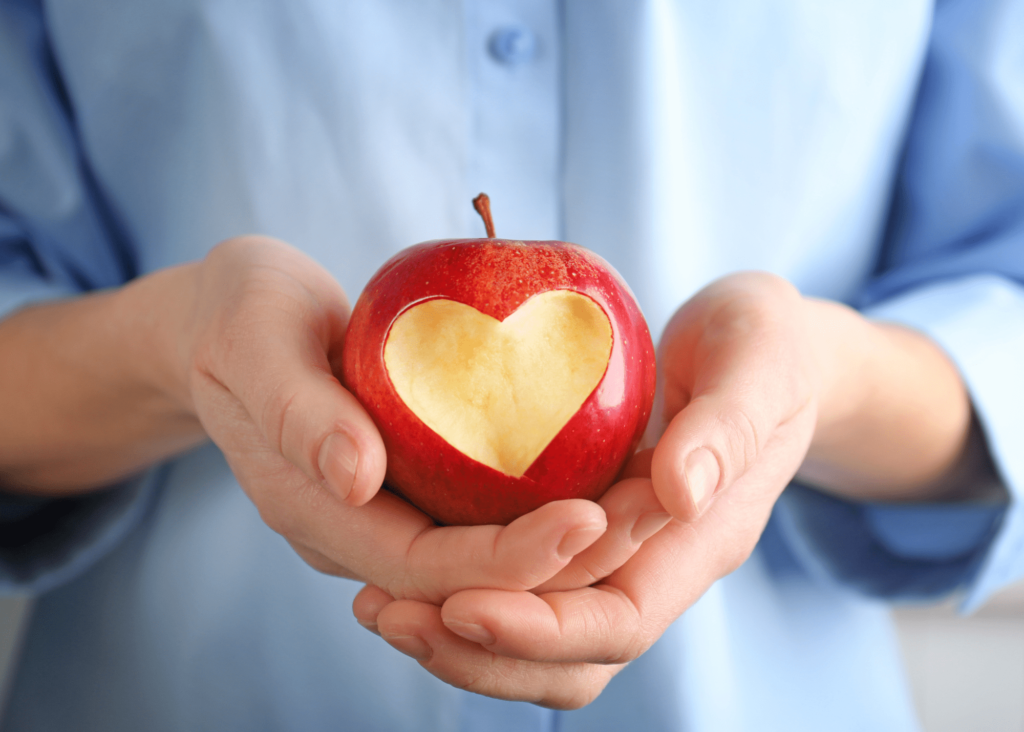Letting Go: The Emotional Cleanse Your New Year Truly Needs
Letting Go: The Emotional Cleanse Your New Year Truly Needs Every January, we set resolutions, chase new plans, and promise fresh beginnings. Yet quietly beneath those intentions, many of us carry emotional residue from the year before. That emotional cleanse we deeply need rarely makes it to our to-do list. The emotional cleanse we speak about is not dramatic or forceful. It is the gentle process of letting go emotionally and releasing the stress we stored in our bodies, the stories we replay in our minds, and the expectations that never gave us room to breathe. Before adding more into our lives, we first make space. Only then can the new year truly feel new. What “Emotional Residue” Really Means Emotional residue forms when experiences, conversations, disappointments, pressure, and stress never get fully processed. Instead of fading, they quietly settle into the body and mind. The body remembers, the mind keeps looping old thoughts, and the heart begins to feel heavy without always knowing why. This unresolved emotional weight may show up as tightness in the jaw or shoulders, broken sleep or restless dreams, fatigue that lingers even after rest, or a feeling of being easily overwhelmed by small things. There is nothing wrong with you when this happens. This is simply how human beings protect themselves when there hasn’t yet been enough space, safety, or time to truly feel and release. Why Letting Go Is So Difficult Letting go sounds simple, yet emotionally it can feel impossible. We don’t hold on because we enjoy the heaviness. We hold on because some part of us believes it is safer that way. Sometimes it is fear of losing control, sometimes our identity is tied to old roles, sometimes the mind keeps replaying conversations hoping for a different ending, and sometimes guilt whispers that choosing ourselves is selfish. Over time, the nervous system becomes so accustomed to tension that it mistakes stress for normalcy. Letting go, then, requires compassion before change and a soft invitation rather than a demand. Emotional release is not mystical; it is deeply human. When we breathe slowly, journal honestly, rest intentionally, or allow tears to flow, the nervous system begins to reset. The body no longer feels the need to stay guarded, the mind stops rehearsing old stories, the breath steadies, and emotions finally have a safe place to land. This isn’t weakness, it is a natural way the body finds its way back to safety and peace. Practical Emotional Cleanse Rituals Here are simple, safe practices to gently release emotional buildup and create space for renewal. Reflection journaling Ask yourself, slowly and honestly: “What do I need to release from this year?” Let the words come without judgment. Clarity arrives through expression. Body scan with breath Lie or sit comfortably. Notice where the body is tight. Soften your breath into those places. Release without forcing. Burn and release ritual Write what you’re ready to let go of, then safely tear or burn the paper. It creates symbolic closure the mind deeply understands. Boundaries reset Give yourself permission to say no to what drains you. Letting go includes letting go of emotional overcommitment. Forgiveness Not forgetting. Not excusing. Simply saying: “I no longer choose to carry this pain every day.” Digital and mental detox Step away from constant noise. Silence creates space for truth to surface. Gratitude and closure End your reflection by naming what stayed beautiful. Gratitude anchors the heart in strength, not scarcity. Therapy, guided emotional healing, breathwork, and mindfulness sessions provide safe space and skilled guidance. Reaching out is not weakness. It is self-care. An Invitation to the Mindfulness Retreat at Azuska If you’re ready to gently ease the emotional weight you’ve been carrying, the Mindfulness Retreat at Azuska offers a calm and nurturing space to begin. Through guided meditation, breath awareness, reflective practices, emotional healing tools, and deeply restful routines, the retreat helps you reconnect with yourself in a grounded and compassionate way. Letting go begins to feel safe. Presence returns naturally. Life starts to feel lighter, softer, and more honest not, through effort, but through space, stillness, and gentle self-awareness. Disclaimer: Our content is not intended to provide medical advice or diagnosis of individual problems or circumstances, nor should it be implied that we are a substitute for professional medical advice. Users /readers are always advised to consult their Healthcare Professional prior to starting any new remedy, therapy or treatment. Azuska– Goa accepts no liability in the event you, a user of our website and a reader of this article, suffers a loss in any way as a result of reliance upon or inappropriate application of the information hosted on our website. PrevPrevious












